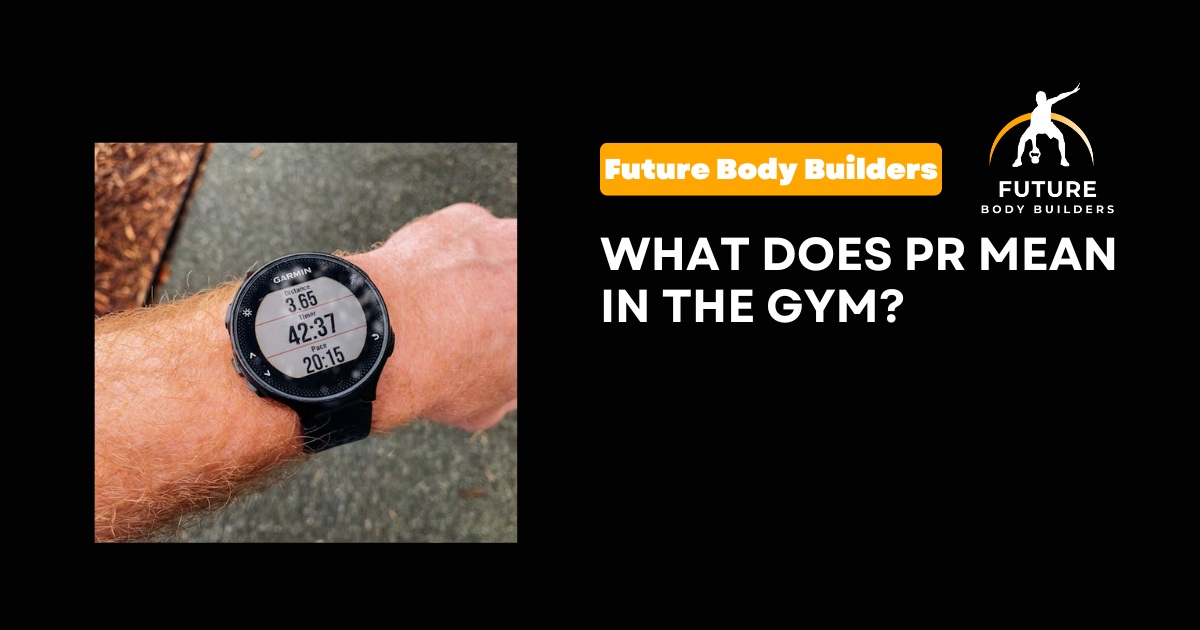What Does PR Mean in the Gym?


Achieving a PR in the gym is a major milestone in any fitness journey. But what does PR actually mean? In fitness and bodybuilding, PR stands for “Personal Record”. This is known as the heaviest weight or best performance an individual has achieved in a specific exercise. Whether you’re lifting heavier weights, completing more reps, or running a faster mile, hitting a new PR means you’ve improved.
In this guide, we will break down everything you need to know about PRs. This includes why they matter, how to track them, and the best strategies to keep progressing.
Are you interested in getting more personalized fitness and gym tips? You can book a free customized fitness consultation with us.
A Personal Record (PR) is the best performance you’ve ever achieved in a specific exercise or workout. This can include:
Hitting a PR means progress i.e. you are stronger, faster, or more capable than before.
A one-rep max (1RM) PR is the heaviest weight you can lift for a single repetition with proper form. This is common for:
Why it matters: Tracking your 1RM helps set training percentages for strength programs and measures true maximal strength.
A rep PR is the most reps you’ve completed at a specific weight. For example, if you previously did 225 lbs for 8 reps on bench press and now complete 10 reps, you’ve hit a new rep PR.
Why it matters: Rep PRs show endurance and strength improvements, even without increasing weight.
A volume PR tracks your total weight lifted in a session. Formula:
Volume = Weight × Reps × Sets
For example, if you deadlift:
Increasing total volume over time leads to muscle growth.
PRs aren’t just for lifting! You can track improvements in:
Why it matters: Time-based PRs indicate cardiovascular and muscular endurance progress.
Tracking your PRs helps monitor progress and set realistic goals. Here’s how to do it:
To break PR plateaus, increase:
Trying to hit a PR too often leads to burnout. Instead, aim for planned PR attempts every 4-6 weeks.
Lifting with bad form increases injury risk. Always prioritize technique over weight.
Skipping rest days or not eating enough slows progress. Recovery is just as important as training.
If you don’t log your lifts, it’s hard to see progress. Keep track to stay motivated!
Tracking PRs keeps you motivated and focused on consistent improvement. Whether you’re a beginner or advanced lifter, setting and breaking PRs builds:
Celebrating small PR wins keeps training exciting and ensures long-term success in fitness.
Now that you know what PR means in the gym, it’s time to set new goals and crush your next personal record. Focus on progressive overload, recovery, and tracking your lifts to keep improving.
Want more fitness tips? Check out our various platforms for expert advice, workout plans, and motivation.